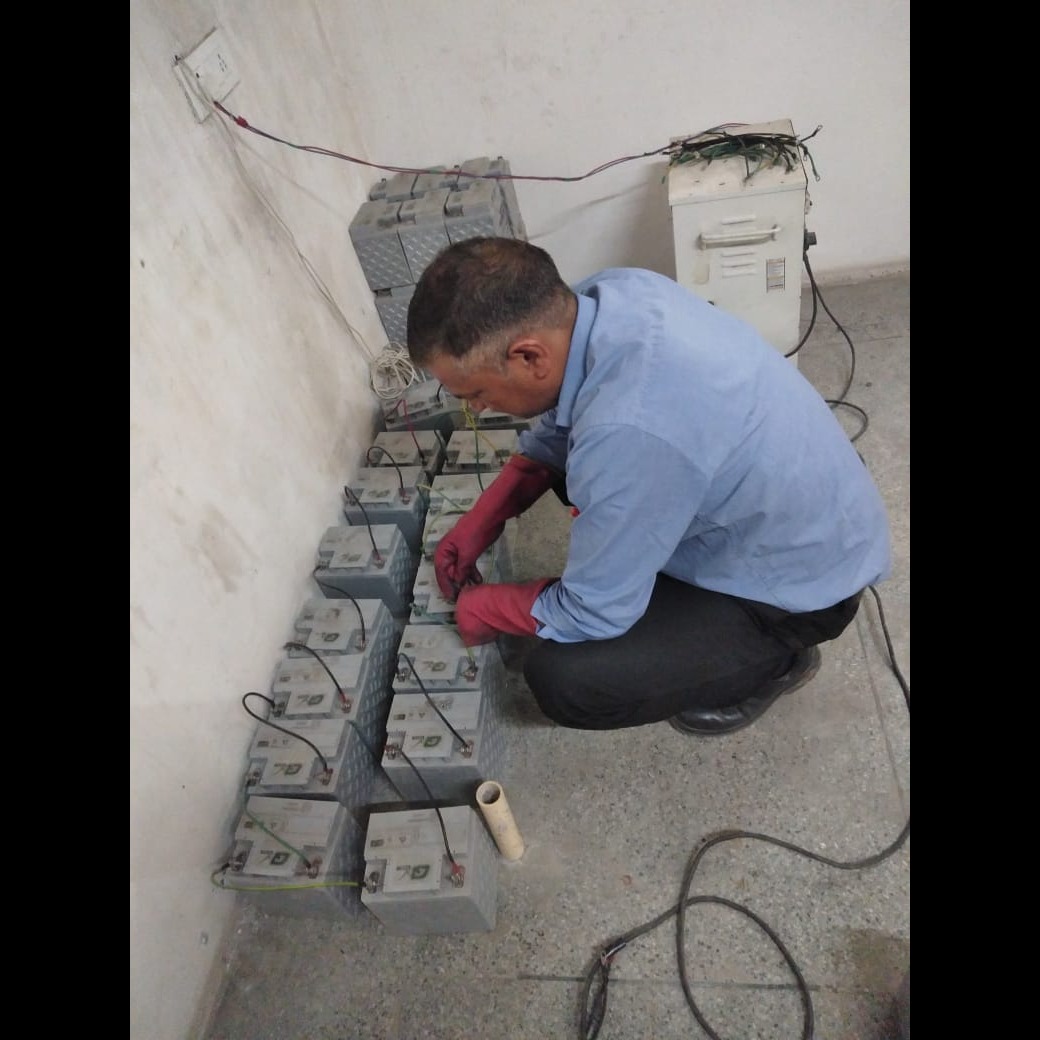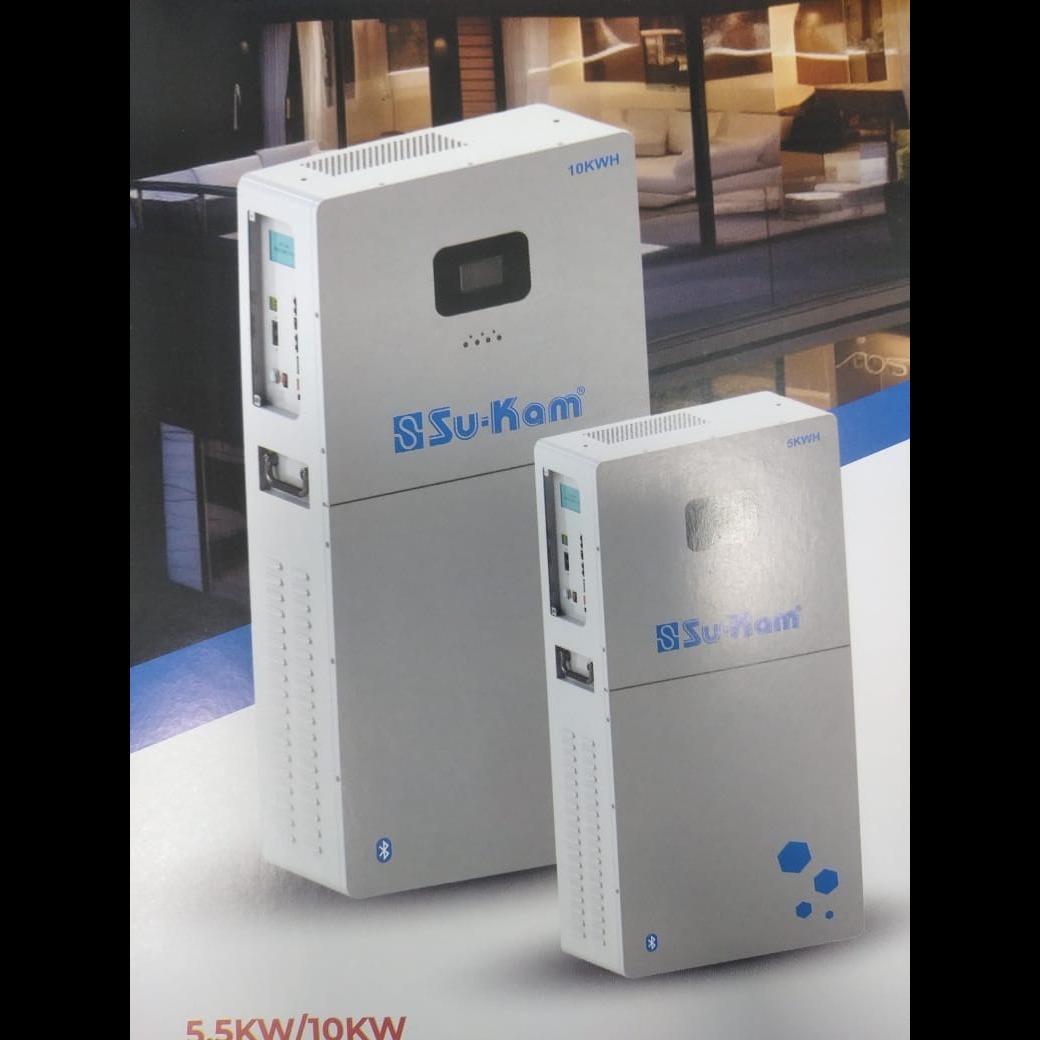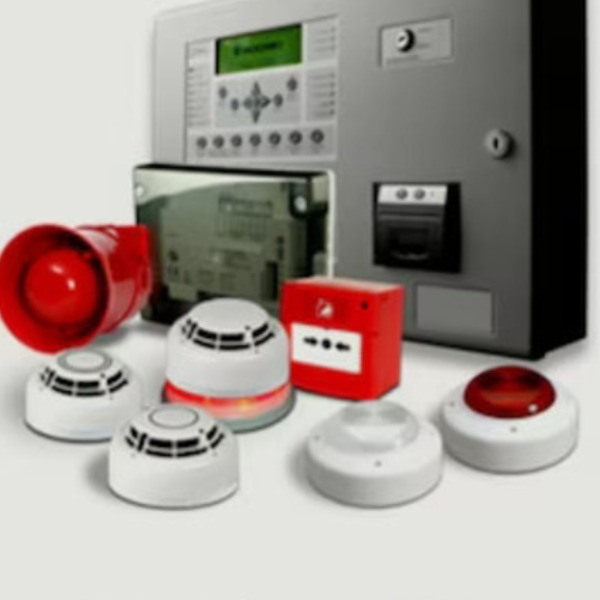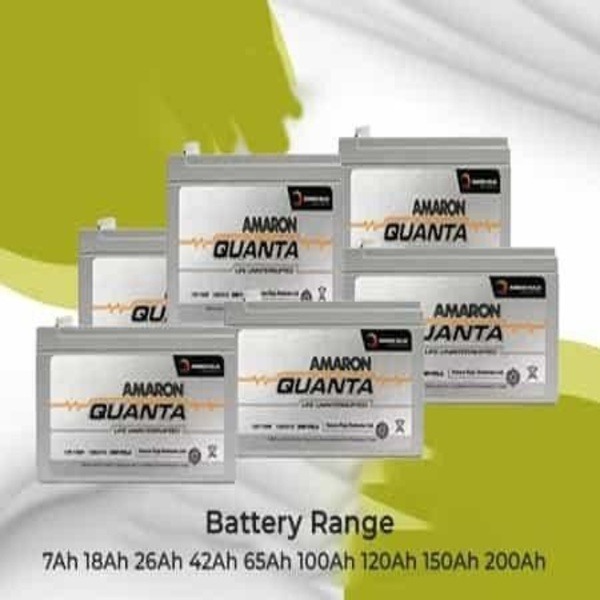
AMARON BATTERIES TESTING
Testing an Amaron Quanta battery, or any lead-acid battery, is essential to ensure its performance, reliability, and safety. Here are the steps and methods commonly used for testing:
1. Visual Inspection
Check for Physical Damage: Inspect the battery for any signs of cracks, bulging, or leaks.
Clean Terminals: Ensure that the battery terminals are clean and free from corrosion. Use a mixture of baking soda and water to clean if necessary.
2. Voltage Test
Use a Multimeter: Set a digital multimeter to the DC voltage setting.
Measure Voltage: Connect the multimeter probes to the battery terminals (red to positive, black to negative). A fully charged 12V battery should read around 12.6 to 12.8 volts. If the voltage is below 12.4 volts, the battery may be partially discharged.
3. Load Testing
Load Tester: Use a battery load tester to apply a load to the battery. The load should be approximately 50% of the battery\'s rated capacity (for a 150Ah battery, apply a load of around 75A).
Monitor Voltage Drop: While under load, monitor the voltage. The voltage should not drop below 9.6 volts for a healthy battery. If it does, the battery may be weak or failing.
4. Specific Gravity Test (for Flooded Batteries)
Hydrometer Use: If the battery is not sealed (note that Amaron Quanta batteries are typically sealed), you can use a hydrometer to measure the specific gravity of the electrolyte.
Interpret Results: A specific gravity reading of around 1.265 indicates a fully charged battery, while lower readings indicate a discharged state.
5. Internal Resistance Test
Use an Internal Resistance Tester: This specialized equipment can measure the internal resistance of the battery.
Evaluate Results: Higher internal resistance can indicate aging or damage, affecting the battery\'s performance.
6. Temperature Check
Monitor Temperature: Ensure the battery is operating within the recommended temperature range (typically 0°C to 40°C). High temperatures can affect battery performance and lifespan.
7. Charging Test
Check Charging Voltage: When charging, ensure the charger is providing the correct voltage (around 14.4 to 14.8 volts for a 12V battery).
Monitor Charging Time: Ensure the battery is charging adequately and not taking excessively long to reach full charge.
8. Cycle Testing (if applicable)
Deep Cycle Testing: For applications where deep cycling is expected, perform a cycle test by discharging the battery to a specific depth of discharge (DoD) and then recharging it to evaluate performance over multiple cycles.
Safety Precautions
Always wear appropriate personal protective equipment (PPE) such as gloves and safety glasses when handling batteries.
Work in a well-ventilated area to avoid exposure to gases emitted during charging or discharging.
Conclusion
Regular testing of your Amaron Quanta battery can help ensure its longevity and reliability. If you find any issues during testing, consider consulting a professional or contacting the manufacturer for further assistance.
Keywords
148 volts
96 volts
approximately 50
124 volts
128 volts
charging ensure
correct voltage
2 voltage test
safety glasses
load monitor
charging adequately
performance reliability
healthy battery
leadacid battery
gases emitted
avoid exposure
wellventilated area
discharge dod
cycle test
expected perform
deep cycling
specialized equipment
lower readings
typically sealed
sealed note
positive black
multimeter probes
digital multimeter
multimeter set
baking soda
cracks bulging
methods commonly
evaluate performance
specific depth
battery terminals
damage affecting
specific gravity
internal resistance
battery load tester
150ah battery apply
affect battery performance
battery terminals red
specific gravity reading
fully charged battery
amaron quanta battery
internal resistance tester
flooded batteries hydrometer
physical damage inspect
handling batteries work
taking excessively long
40c high temperatures
electrolyte interpret results
amaron quanta batteries
batterys rated capacity



